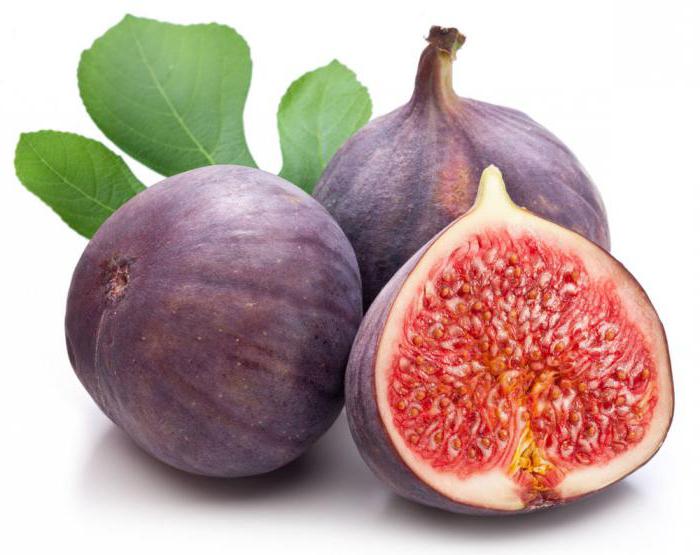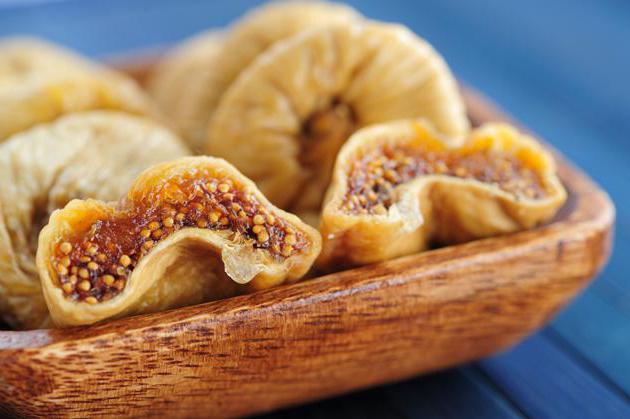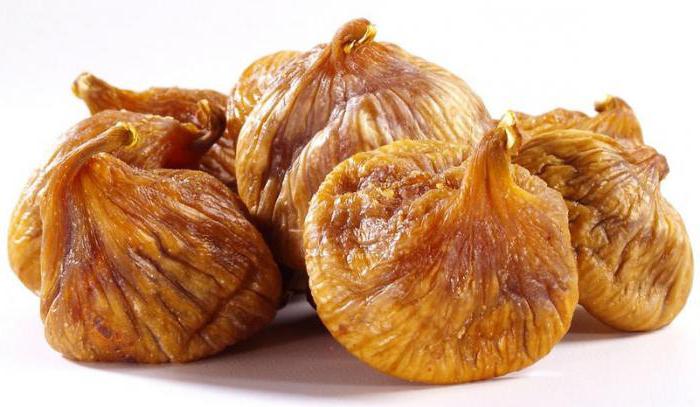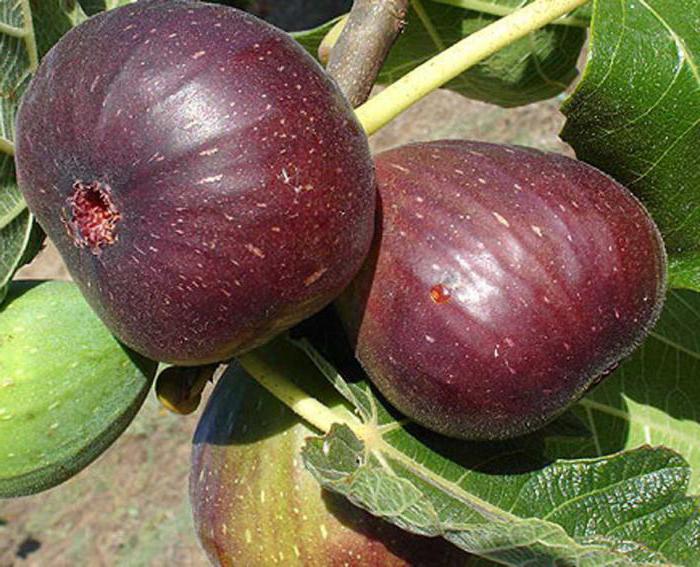Probably everyone once tried figs. The benefits for women, men and children are enormous. This is what will be discussed in the article.
What is fig?
Figs are a sweet fruit, in the ripe state they are very soft and juicy. The history of this culture goes back to antiquity. The first mention of the beneficial properties of this fruit are found in Egyptian civilization. Sizes of figs rarely exceed large plums or apricots. On top of the fruit is covered with a thin skin, has a high content of seeds, seeds are small and soft. Figs have many names: fig tree, fig, fig, wine berry and, in fact, figs. The fruits grow on a tree whose trunk can reach up to twenty meters in height. Such a tree lives up to five hundred years and is capable of producing crops every year. Only fruits are eaten. The benefits of figs for the body are very large. In medicine, both leaves and tree bark are widely used.

Species and places of growth
The traditional areas in which the fig tree grows are the countries of the East, some Asian states, countries near the Mediterranean Sea, and the Caucasus. Figs need a favorable warm climate with moderate humidity and sunshine. Certain species of this tree, characterized by frost resistance, grow in Russia, but only in the south of the country. There are over four hundred varieties of figs. They differ in the size of the fruit, shape and color, the taste of the pulp, the height of the tree, the ripening speed. Some varieties yield several times a year.

Figs: composition
Fig fruits are rich in various types of sugars: glucose, maltose, sucrose, levulosis. As well as fruit acids: citric, glyceric, quinic, shikimovaya, oxalic. More sugars are found in dried and dried fruits. The fruit is rich in pectin, iron, copper, essential oils, macrocells.
Vitamins that are contained in figs are almost all B vitamins (B1, B2, B5, B6, B9), vitamin A, C, E, PP. There is some beta carotene content. The presence of all these elements depends on the degree of maturity of the fetus. The most useful is considered ripe figs. A favorable period for the ripening of the fetus is August - October. But it is important to remember that the shelf life of a ripe fig tree is not long. Figs have truly healing properties.

The healing properties of figs
What is the use of figs for the body? It has the following properties:
- Due to the content of folic acid has a positive effect on the course of pregnancy and fetal development.
- The complex of B vitamins affects the central nervous system, protects the body from stress and fatigue.
- The content of essential oils and vitamin C make figs a prophylactic for colds and respiratory viral diseases.
- Sugar content affects brain function.
- Figs help lower the temperature.
- Struggles with inflammatory processes of the body.
- Favorably affects digestion.
- The pulp of the fetus will help with constipation.
- Figs are an antitussive, expectorant.
- Normalizes lung function.
- Helps with anemia.
- Dried figs contain pectin, and therefore contributes to the rapid healing of open wounds.
- Cleans blood from cholesterol plaques.
- Removes toxins.
- Favorably affects the work of the cardiovascular system.
- Affects skin firmness and elasticity.
- Favorably affects the functioning of the genitourinary system and kidneys.
- It has a diuretic effect.
- Dried figs relieve bad breath.
In addition to fruits, both leaves and tree bark have healing properties. Due to the high content of tannins in the leaves, they are used as a fastener, against diarrhea. A decoction of the leaves also reduces gas formation, fights against colitis, facilitates the course of dysentery and various types of food poisoning.
Fresh leaves are used as a cleanser for the skin. Fight redness, inflammation and boils.
A decoction of leaves is used for respiratory diseases.

Figs beneficial to women's health
What else will the figs surprise? The benefits for women from this fetus are enormous. Regular consumption of it will help reduce the risk of developing varicose veins and resist such an unpleasant phenomenon as vascular networks on the legs. Thanks to useful acids, veins and blood vessels come into tone, and substances such as ficin, which is contained in fig juice, spikes in vessels disappear, blood circulation improves, fatigue and swelling disappear.
The natural source of folic acid is fig. The benefits for women of this vitamin are known to everyone, because it is folic acid that is prescribed to pregnant women. It favors the development of the fetus and the preservation of the integrity of the placenta. In addition, it promotes oxygen metabolism in tissues. Also, figs help to overcome anemia, which is often found in pregnant women.
Women expecting a baby often experience problems with bowel movements. Figs have a laxative property and significantly reduces the occurrence of constipation during pregnancy. And to nursing mothers, figs will help increase lactation.
Ripe fig tree fruits make a woman feel better during menstruation and reduce pain.

Cosmetic use of figs
What else is useful for figs? The benefit for women from this fetus is that it can be used for cosmetic purposes. Face mask made from the pulp of figs nourishes and moisturizes the skin. The skin becomes supple and resilient. In addition, figs perfectly compensate for calcium deficiency. And calcium is the building block that makes up bones, hair, and nails.
Fresh figs perfectly satisfy hunger, therefore it helps to cope with a strict diet. In fresh fruits, the sugar content is not as high as in dried fruits, therefore, to maintain a figure you need to eat fresh fruits.
Fig juice has another useful property that provides an even, safe tan. The action of trace elements enhances the production of melanin, while increasing the protective properties of the skin and protecting it from serious sunburn.
Juice from leaves and young stems helps to cope with eels, ulcers, boils, abscesses and warts. Softens dry corns and corns on legs.
Figs are used to whiten teeth.

Figs: contraindications
Despite all its positive properties, figs have some contraindications.
- Dried berries contain a large amount of sugar, so it is not recommended for people suffering from diabetes, as well as those who are overweight. In these cases, fresh figs can be consumed.
- It is not recommended to use fruits for gout, as they contain oxalic acid.
- To abandon figs is also worth it to people with exacerbated diseases of the intestines and stomach, accompanied by a severe inflammatory process.
Eat natural, healthy foods and be healthy!